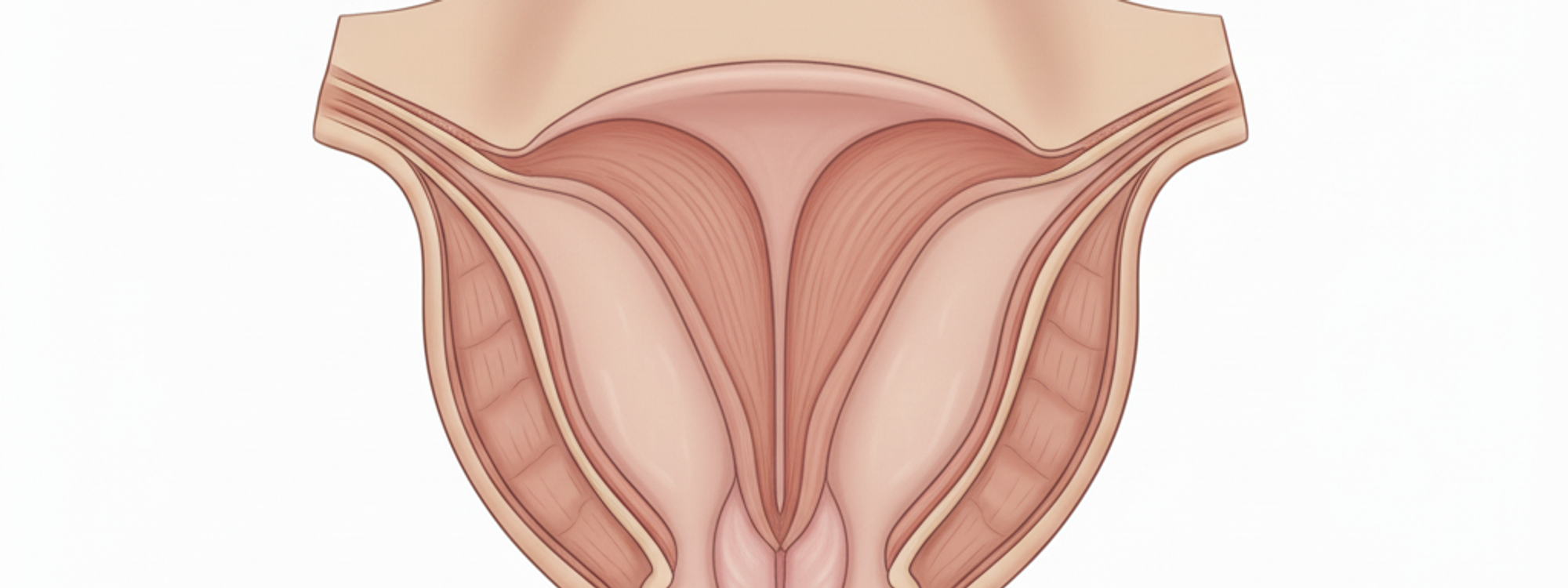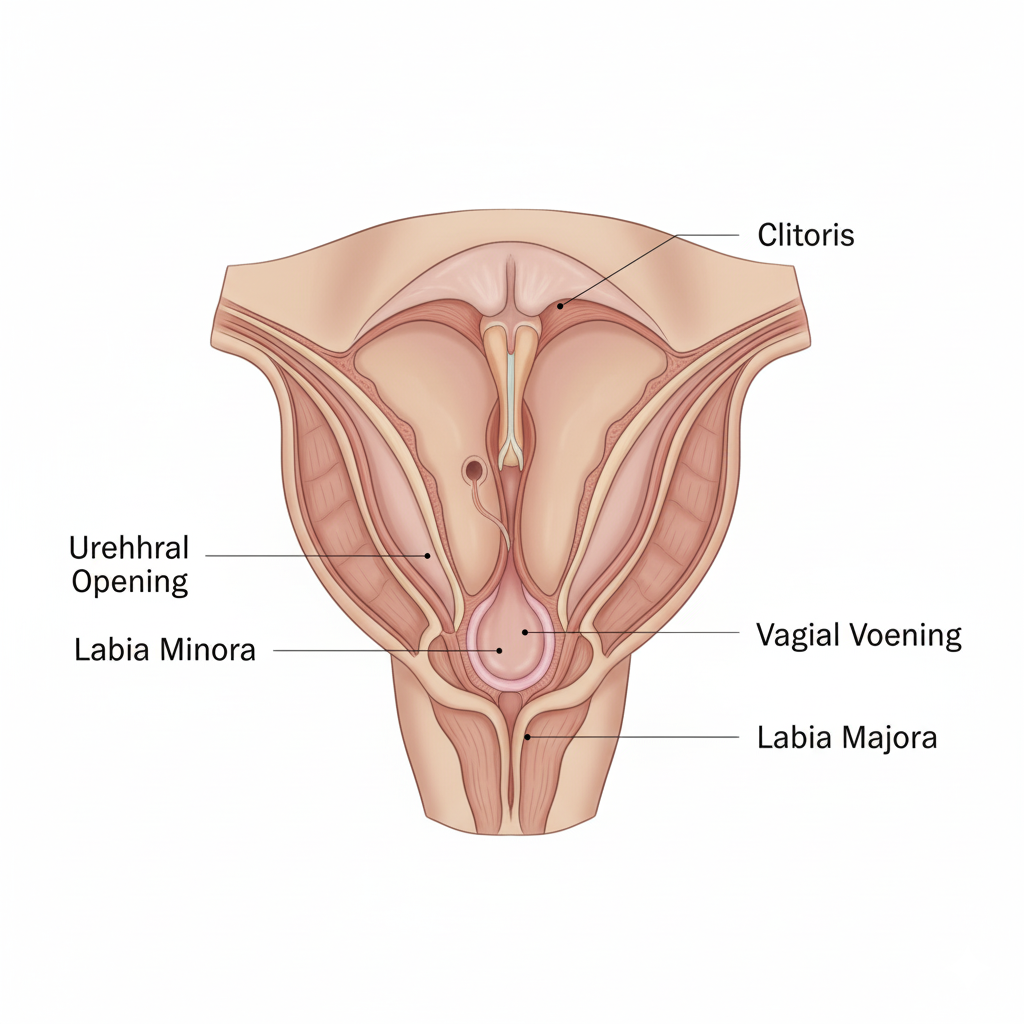
The term vulva refers to the external female genitalia. It's a common misconception to equate the vulva with the vagina. However, they are not synonymous. The vagina is an internal muscular-membranous canal that links the uterus to the vulva. The vulva, in contrast, houses the vaginal opening, the urethral opening, the clitoris, and some minor glands, all of which are enclosed by two pairs of fleshy folds known as the vulvar lips.
The vulva carries out several functions, including safeguarding the internal genitals, facilitating sexual pleasure during intercourse, and acting as a sexual attraction. To better understand the vulva, let's delve into its anatomy and the various structures it encompasses.
The vulva is situated between the inner thighs, in the middle of the perineum. It stretches from the hypogastric region to about 3 cm from the anus. When the thighs are together, the vulva appears as a slit about 10-12 cm long. However, when the thighs are apart, the vulva takes on an oval shape with a vertical axis.

The vulva comprises several anatomical structures:
Let's take a closer look at each structure.
The Mount of Venus, also known as the pubic mound, is a raised skin area due to the presence of abundant subcutaneous adipose tissue. It is triangular in shape, with the apex located at the bottom. The Mount of Venus is positioned above the pubic symphysis and overlays the labia majora. Its function is to protect the underlying bone, the pubic symphysis, during sexual intercourse.
The labia majora are two large skin folds of fibro-elastic connective tissue, rich in fat, parallel to each other. They play a protective role, safeguarding the underlying structures, primarily the labia minora, the vaginal opening, and the external urethral opening.
The labia minora are thin skin folds with a mucous, pinkish appearance. They are situated inside the labia majora. The labia minora constitute the innermost protection of the urethral and vaginal orifices and the clitoris. They also play a role in the perception of sexual pleasure.
The vulvar vestibule is a triangular shaped mucosal region, housing the external urethral orifice and the vaginal orifice. The hymen, a thin muscle-connective membrane in virgin women, partially occludes the vaginal orifice.
The clitoris, often referred to as the female penis, is an erectile organ involved in female sexual pleasure. It is located at the top and front of the vulva, where the labia minora join. The bulbs of the vestibule are two erectile formations, located at the base of the labia minora.
The glands attached to the vulva are divided into major vestibular glands (Bartholin's glands) and minor vestibular glands (Skene's glands).
Bartholin's glands are two large glands located in the lower part of the labia majora. They secrete a viscous liquid that participates in vaginal lubrication during sexual arousal.
Also known as paraurethral glands, Skene's glands are two small glands located in the vestibule, near the urethral meatus. They are considered the female analogue of the male prostate and, according to some researchers, they are the site of female ejaculation.
The vulva is a complex and essential part of female anatomy that performs multiple roles, from protection to sexual pleasure. Understanding its structures and functions can help women better understand their bodies and maintain their reproductive health.